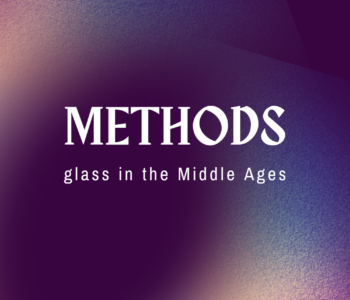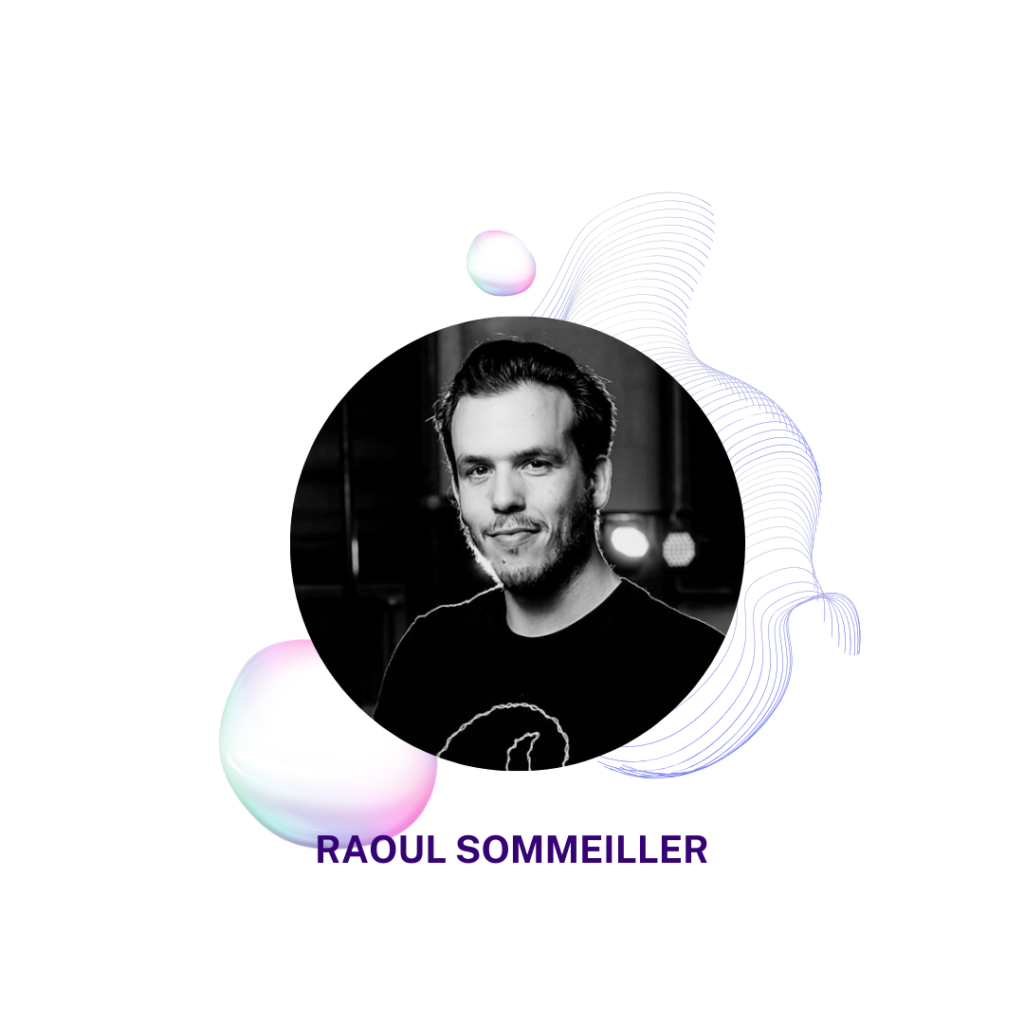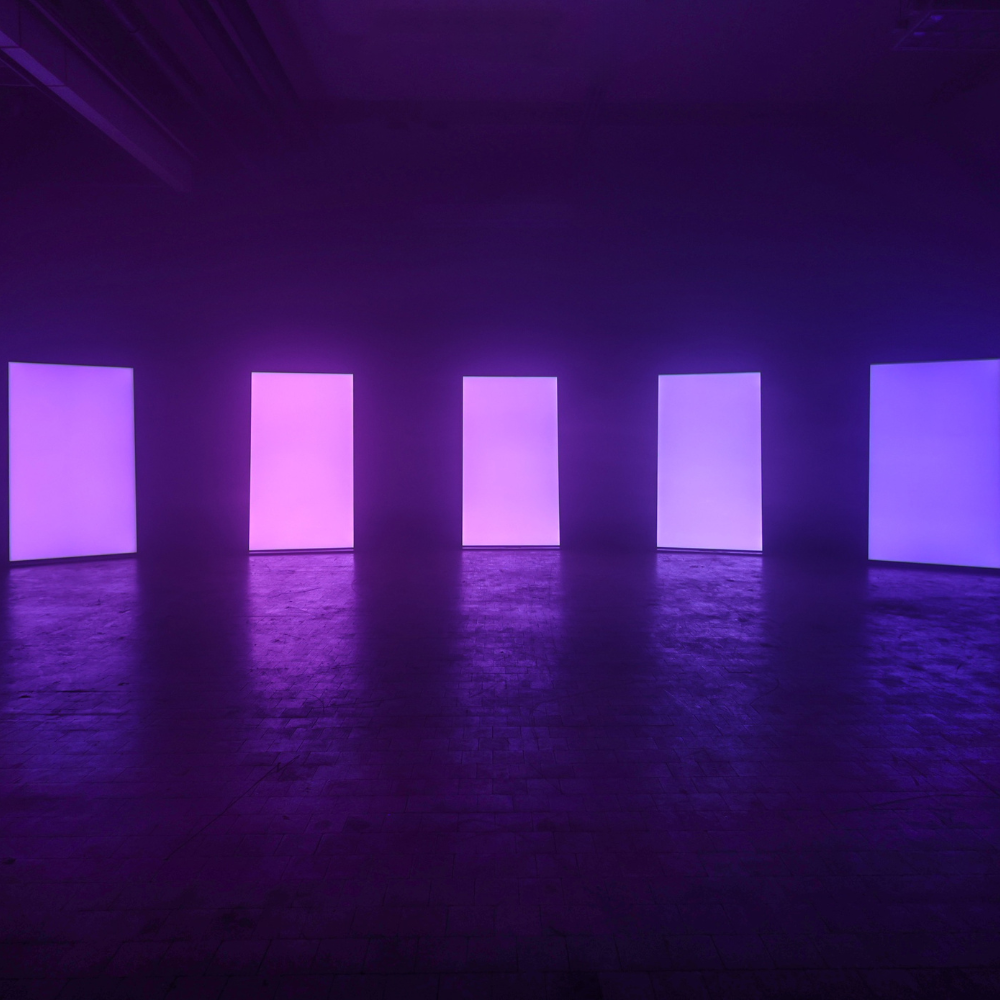
Residency Methods | Selected Artist
In the framework of the residency programme Methods, the jury selected the proposals by Héloïse Colrat.
The Methods artist residency is a project by Ohme in partnership with the 4MAT department of the École Polytechnique de Bruxelles and the Centre de Recherches en Archéologie et Patrimoine CReA-Patrimoine of the Université libre de Bruxelles.

Héloïse Colrat (1992, Lyon) is a French artist based in Brussels.
She is also the scientific glassblower in charge at the chemistry department at the University of Liège.
In 2023, she obtained a CAP in scientific glassblowing at the Lycée Dorian in Paris and in 2017 a master’s degree at the Haute École des Arts du Rhin in Strasbourg as part of the glass workshop.
Héloïse’s project focuses on the techniques, materials and cultural contexts of medieval glassmaking. The collaboration with Alicia Van Ham-Meert will enable her to delve into the complex world of medieval glass, focusing in particular on the intriguing field of trick glasses, which played an important role in the social gatherings of the wealthy classes during the 16th and 17th centuries.
Héloïse’s project goes beyond mere curiosity; she seeks to immerse herself in the historical and technical nuances of these glasses, attempting to understand not only their forms, but also the societal contexts in which they flourished. At the heart of her investigation is the desire to recreate one of the oldest trick glasses: the drinking horn. Derived from animal horns, the glass version of this iconic vessel conceals a myriad of fascinating subterfuges, inviting Héloïse to unlock its secrets through experimentation.
She will experiment with vitrifiable mixtures using natural materials, echoing historical practices and techniques. By combining her artistic efforts with scientific enquiry, historical research and aesthetic exploration, she seeks to uncover not only the technical subtleties but also the cultural significance of these ancient practices.
Héloïse’s methodological approach is multifaceted, encompassing techniques such as blowing with a torch – an ancient practice that predates the blowpipe, which was widespread in the Middle Ages. This technique offers a unique opportunity to work with mixtures of raw materials, using gathered and charred plants to create intricate enamelled decorations reminiscent of 13th-century glass production in the Middle East.
Project Partners

This residency programme is organised thanks to the support of Innoviris and the Fédération Wallonie-Bruxelles













































